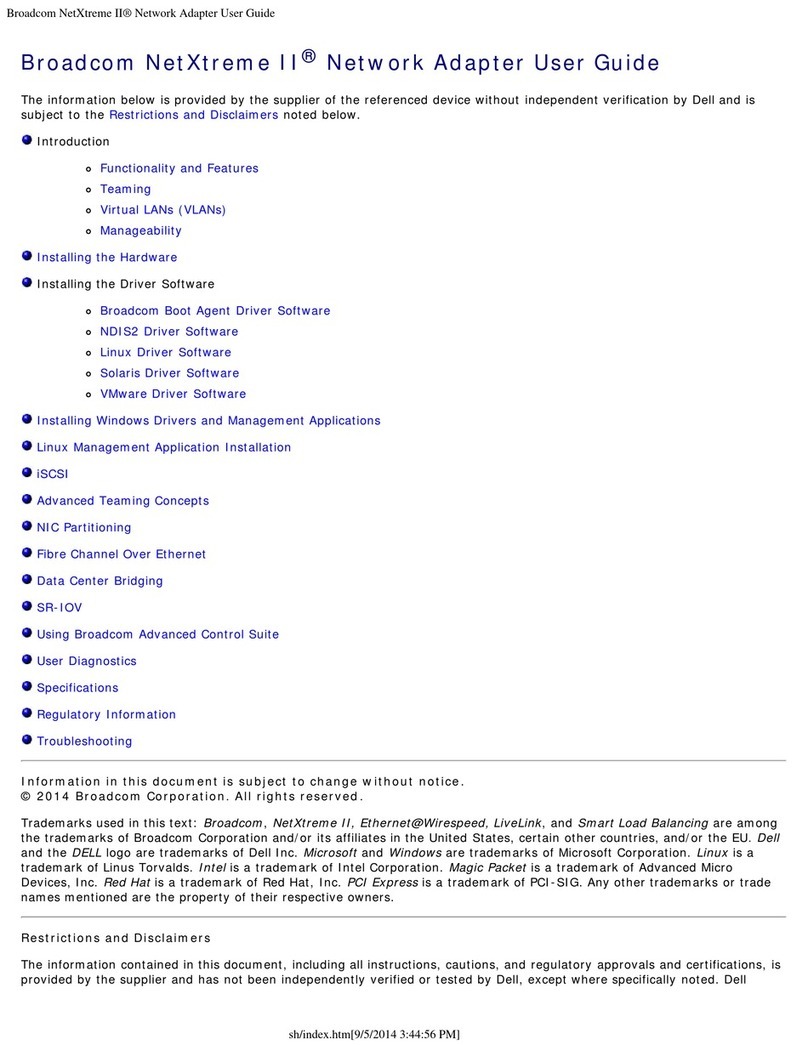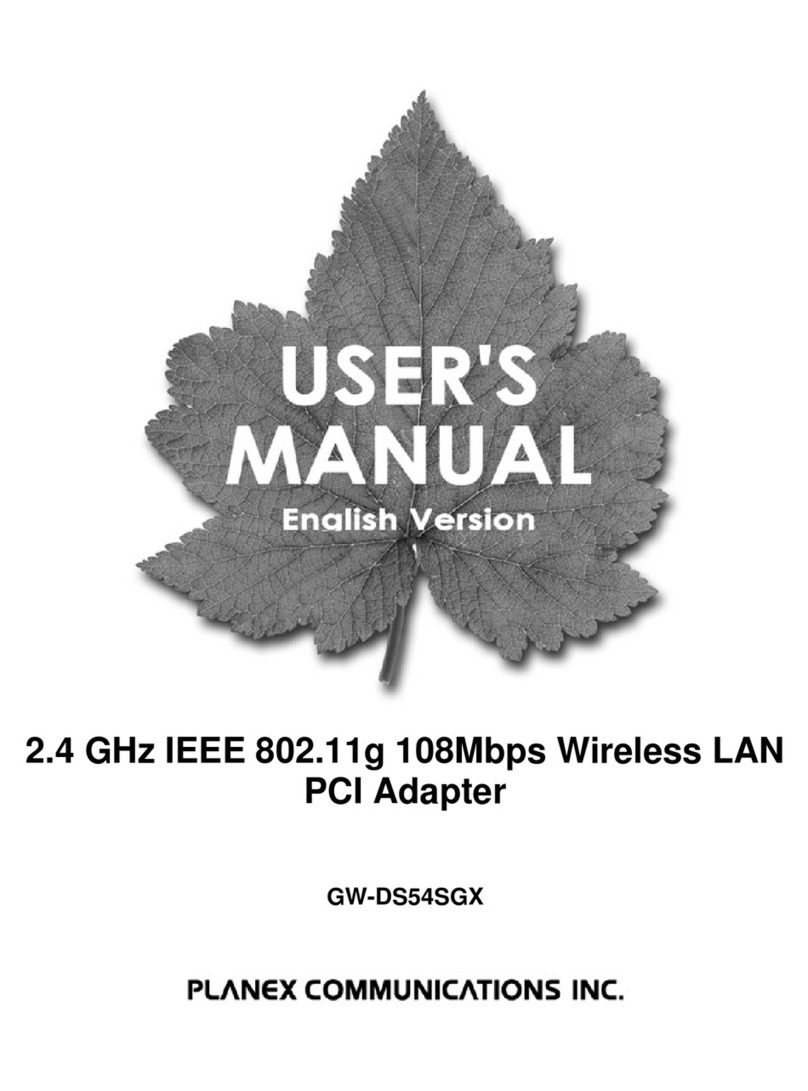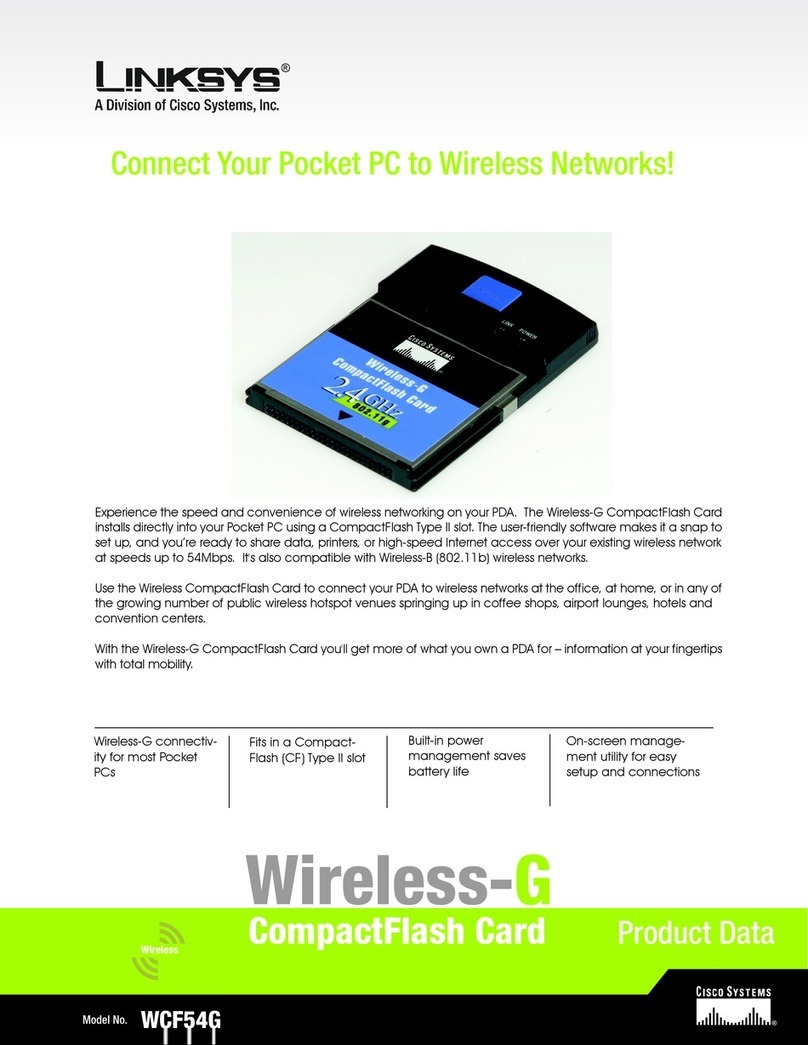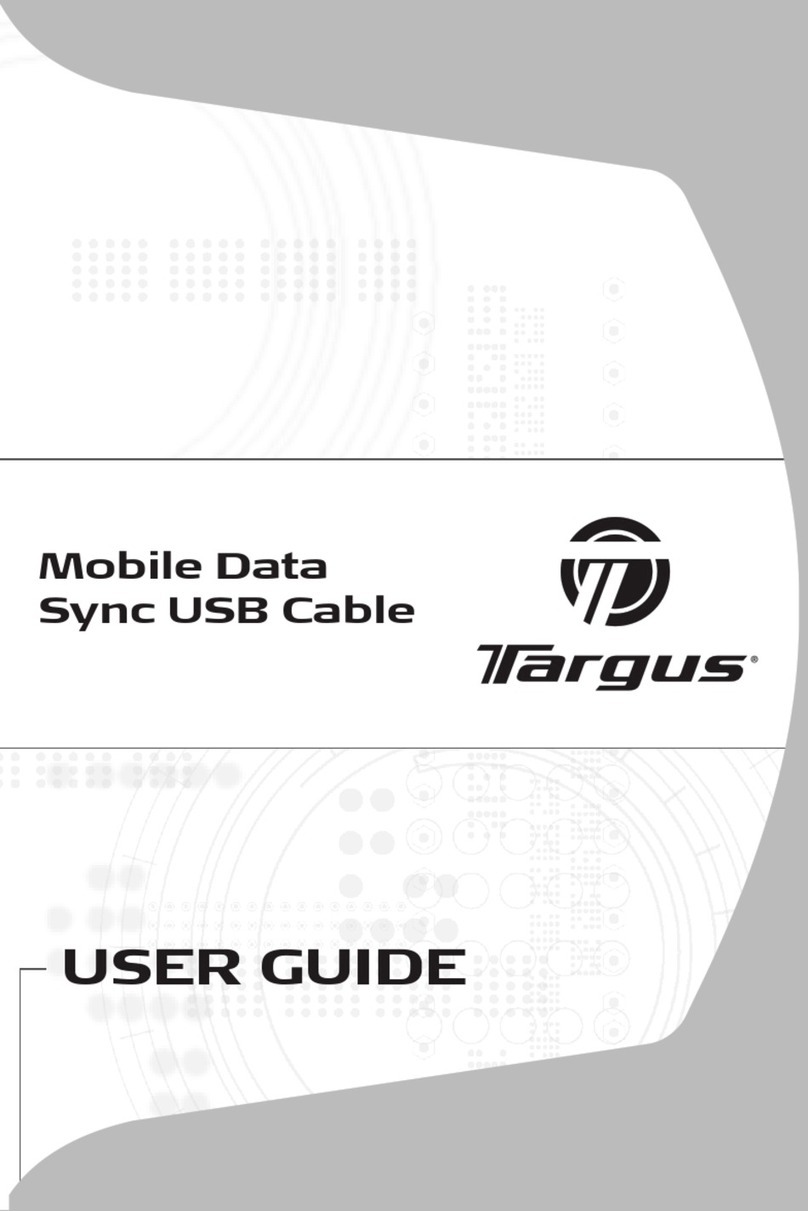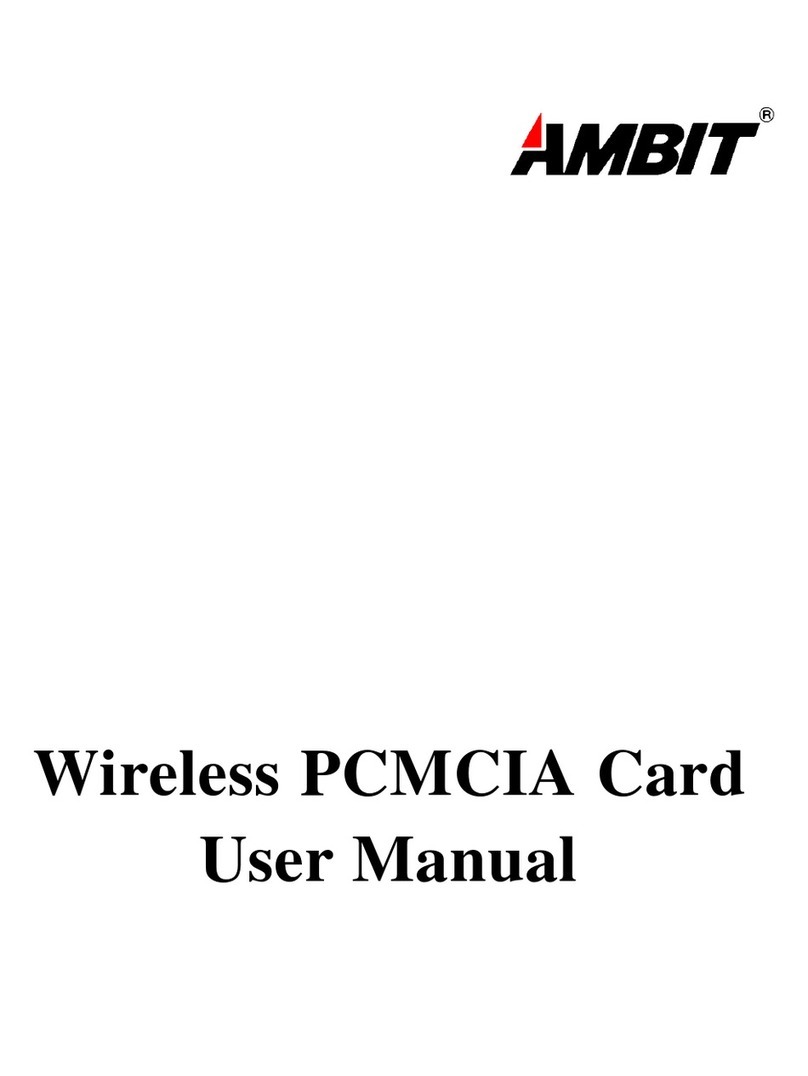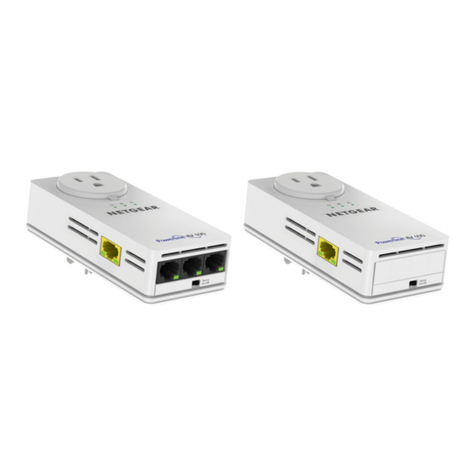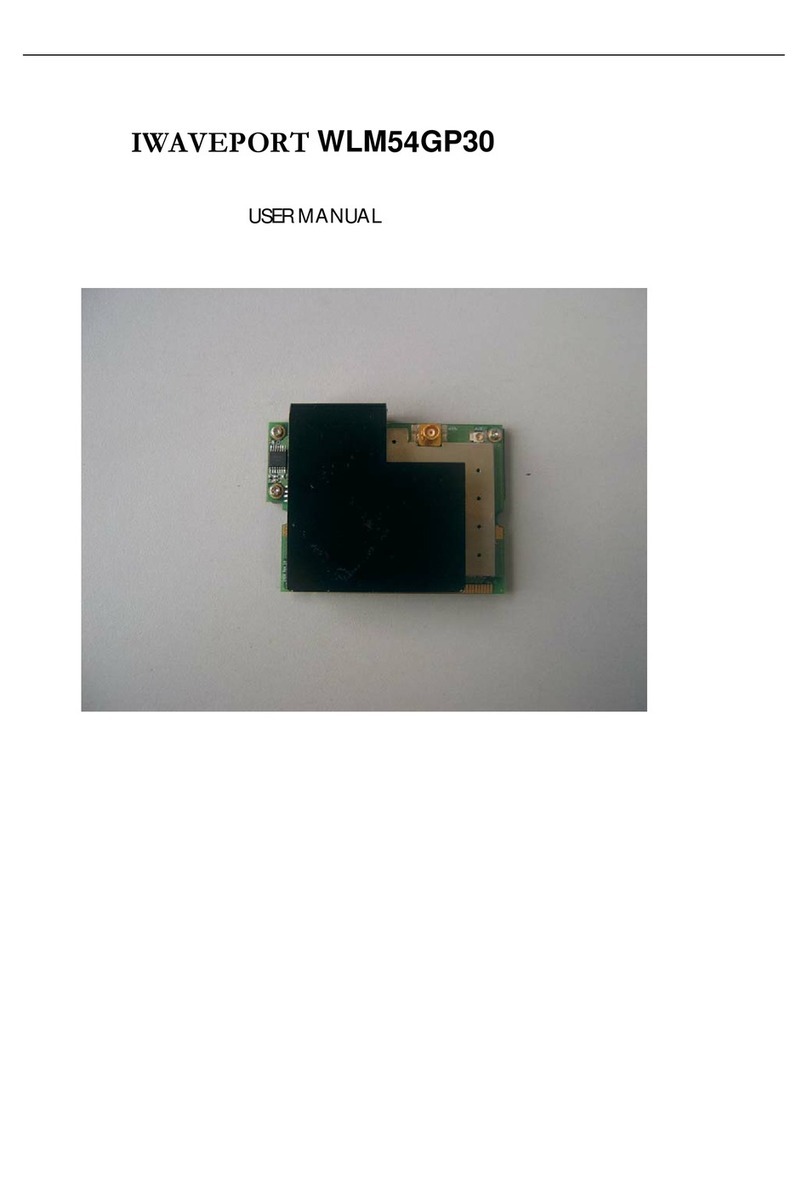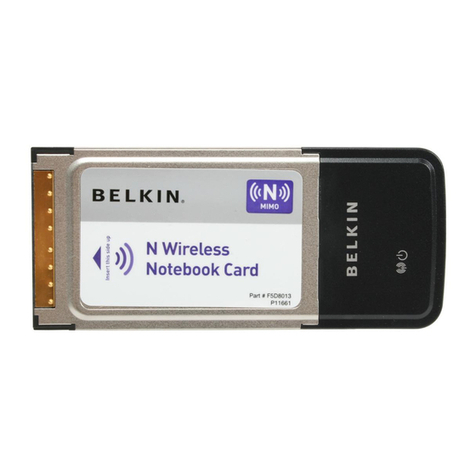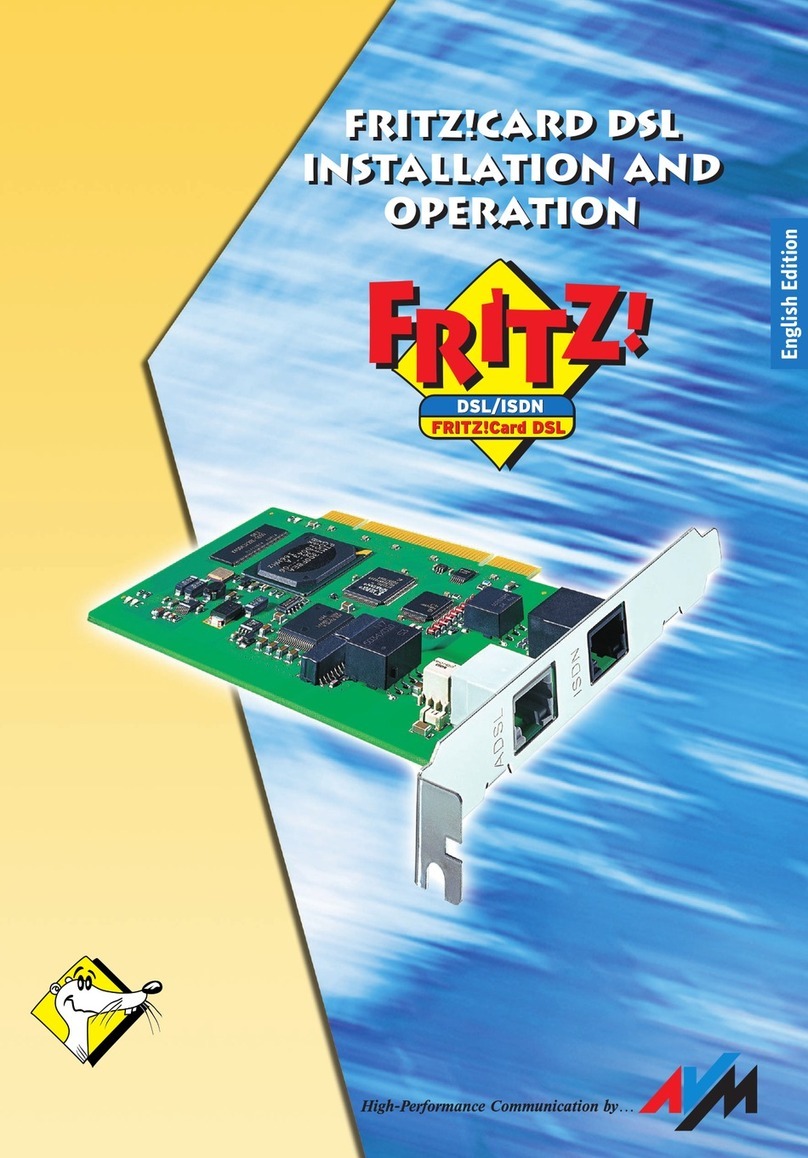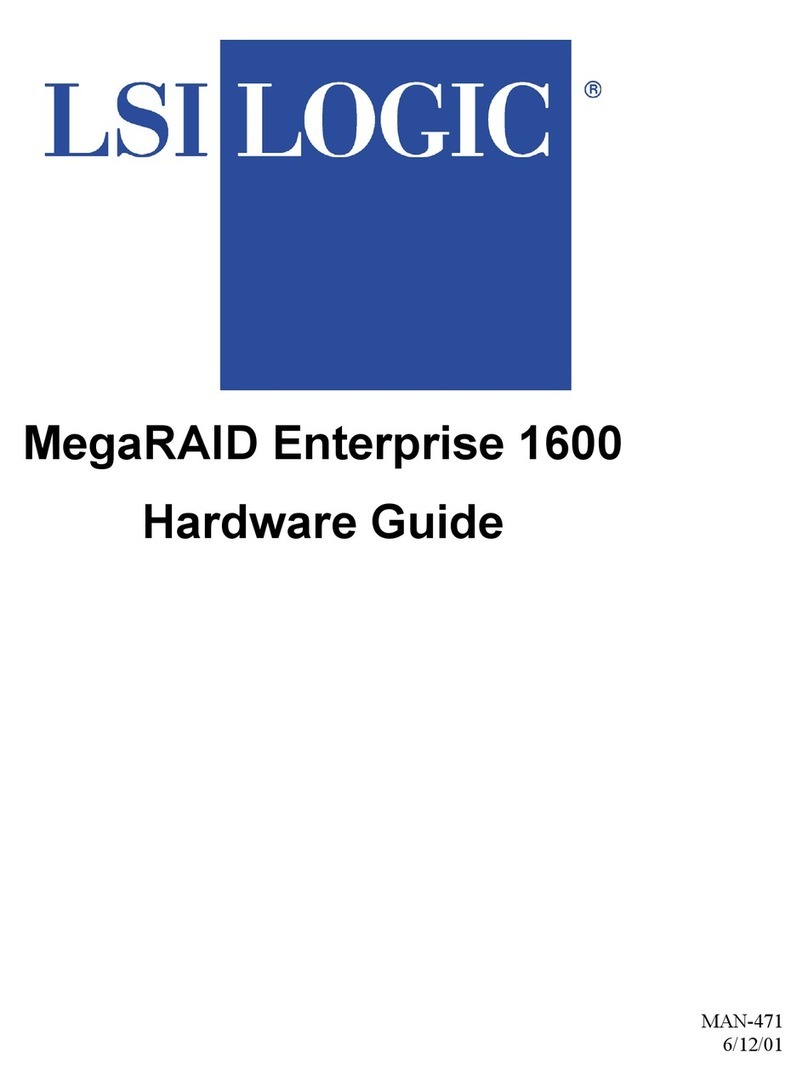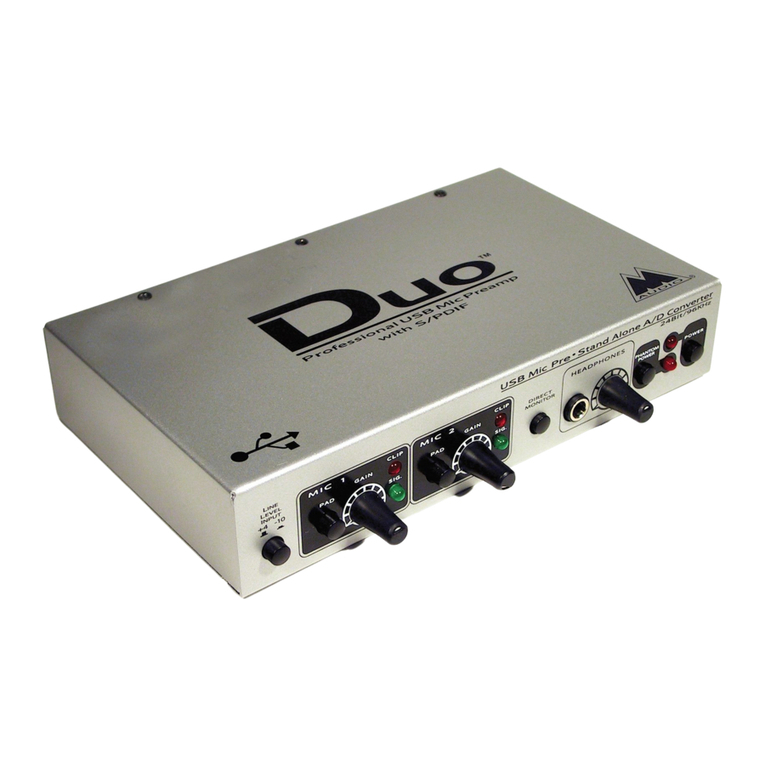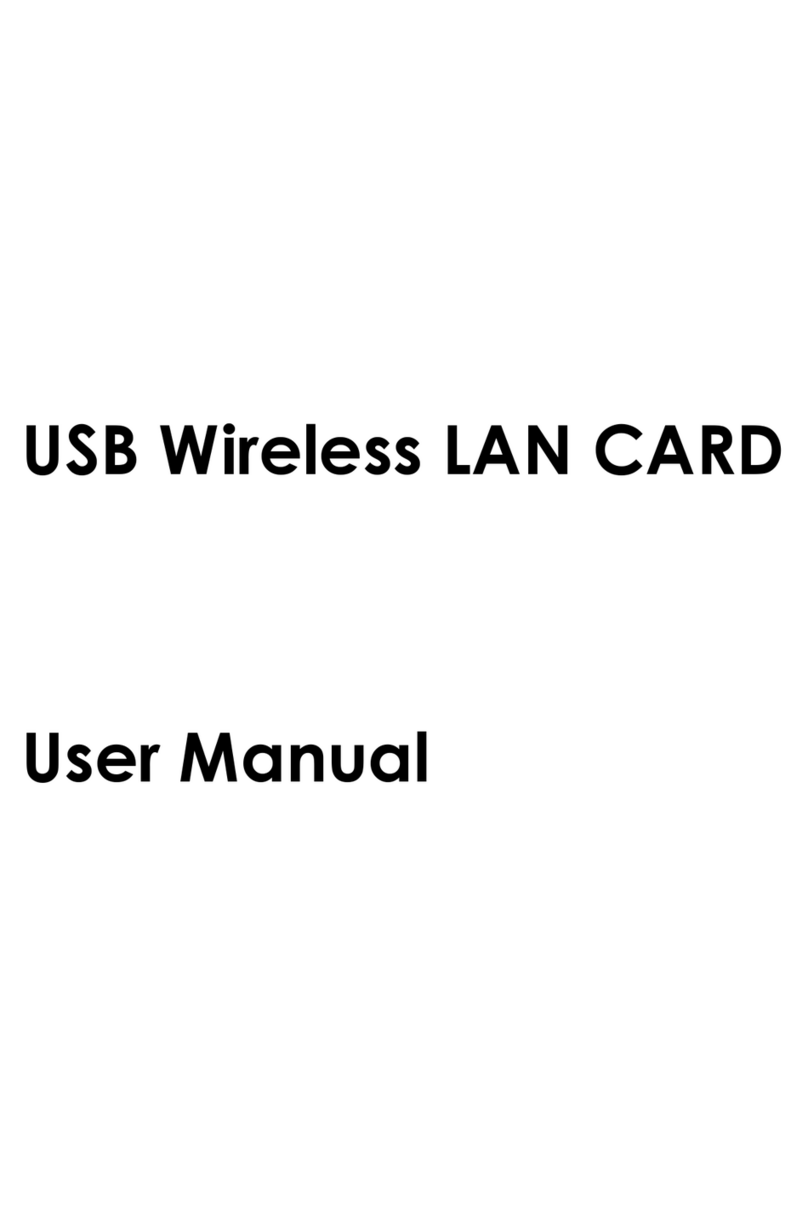Northern Telecom NT5K17 Operating and installation instructions

© 1993 Northern Telecom
All rights reserved.
UK Trunk cards description 553-3001-173
Meridian 1
United Kingdom Trunk Cards
Description
Publication number: 553-3001-173
Document status: Standard
Document release: 1.1
Date: July 17 1993
United KingdomUnited KingdomUnited Kingdom
United KingdomUnited KingdomUnited Kingdom

ii
553-3001-173 UKTrunk cards description
Publication history
July 17, 1993 Standard, release 1.1.
March 1992 Standard, release 1.0
United KingdomUnited KingdomUnited Kingdom
United KingdomUnited KingdomUnited Kingdom

iii
UK Trunk cards description 553-3001-173
Contents
About this document v
References v
NT5K17 — Direct Dialing Inward trunk card 1-1
Functional description 1-1
Common features 1-1
Microprocessor 1-2
Signalling and control 1-2
Signalling interface 1-2
Physical description 1-3
Technical description 1-4
Power requirements 1-4
Environmental specifications 1-4
PAD switching 1-4
Direct Dialing Inward description 1-5
NT5K18 — Exchange Line trunk card 2-1
Functional description 2-1
Trunk types supported 2-1
Common features 2-2
Microprocessor 2-2
Signalling and control 2-2
Signalling interface 2-3
Physical description 2-3
Technical description 2-4
Power requirements 2-4
Environmental specifications 2-4
PAD switching 2-5
Trunk types description 2-5
United KingdomUnited KingdomUnited Kingdom
United KingdomUnited KingdomUnited Kingdom

iv Contents
553-3001-173 UK Trunk cards description
Ground start operation 2-5
Loop start operation 2-6
Features description 2-8
Periodic Pulse Metering (PPM) 2-8
NT5K19 — Analog Tie trunk card 3-1
Functional description 3-1
Trunk types supported 3-1
Common features 3-2
Trunk circuit features 3-2
Signalling and control 3-3
Microprocessor 3-3
Signalling interface 3-3
Physical description 3-3
Technical description 3-4
Power requirements 3-4
Environmental specifications 3-5
PAD switching 3-5
Trunk types description 3-6
2-wire and 4-wire E&M Type 1 trunk operation (DC-5) 3-6
AC15 trunk operation (2280 Hz Tie trunk) 3-8
Recorded Announcement/Music trunk operation 3-11
Paging trunk operation 3-13
Emergency Recorder (RCD) operation 3-13
United KingdomUnited KingdomUnited Kingdom
United KingdomUnited KingdomUnited Kingdom

v
UK Trunk cards description 553-3001-173
About this document
This document describes trunk cards that are available for use only in the
United Kingdom. It outlines the functions and applications of the
following cards:
• NT5K17 Direct Dialling Inward Trunk card
• NT5K18 Exchange Line Trunk card
• NT5K19 Analog Tie Trunk card.
The above circuit cards have software enhancements that comply with
United Kingdom standards. A software feature, “UK Analog Hardware
Support”, has been created to provide assistance in configuring the cards.
For a description of this feature, see Features and Services for Generic X11
Supplementary Features Appendix 2 to 553—2311—105.
References See the Meridian 1 Planning & Engineering Guide (NTCK04) for the
following information:
• Master index
• System overview
• Installation planning
• System engineering
• Spares planning
• Equipment identification and ordering.
United KingdomUnited KingdomUnited Kingdom
United KingdomUnited KingdomUnited Kingdom

vi About this document
553-3001-173 UK Trunk Cards description
See the Meridian 1 Installation and Maintenance Guide (NTCK01) for the
following information:
• Installation procedures
• Circuit card installation and testing
• System upgrades procedures
• General maintenance information
• Fault clearing
• Hardware replacement.
See the Generic X11 Including Supplementary Features (NTCK09) for the
following information:
• an overview of software architecture
• procedures for software installation and management
• a detailed description of all software features and services.
United KingdomUnited KingdomUnited Kingdom
United KingdomUnited KingdomUnited Kingdom

1-1
UKTrunk cards description 553-3001-173
NT5K17 — Direct Dialling Inward trunk
card
Functional description
The NT5K17 Direct Dialing Inward (DDI) trunk card provides the
interface between a trunk and either an NT8D37 Intelligent Peripheral
Equipment (IPE) module or NT8D11 Common Equipment/Peripheral
Equipment (CE/PE) module.
The NT5K17 DDI trunk card can be installed in any PE slot in an IPE or
CE/PE module. Up to sixteen cards can be installed in each NT8D37 IPE
module. The NT8D11 CE/PE module can hold up to ten DDI cards.
The NT5K17 DDI trunk card provides eight analog trunks, each trunk unit
can be configured individually to operate as Direct Dialing Inward trunks.
Refer to the “UK Analog Hardware Support” feature to assist in
configuring the NT5K17 circuit card. This feature is described in Features
and Services for Generic X11 Supplementary Features Appendix 2 to 553—
2311—105.
Common features
Each NT5K17 DDI Trunk card:
•indicates self-test status during an automatic or manual self-test. Self-
test pass is indicated on the faceplate LED.
•converts transmission signals from analog-to-digital and from digital-
to-analog for up to 8 audio paths
United KingdomUnited KingdomUnited Kingdom
United KingdomUnited KingdomUnited Kingdom

1-2 NT5K17 Direct Dialing Inward Trunk Card
553-3001-173 UK Trunk cards description
• provides for loss pads appropriate to 3 dB, 6 dB and 8 dB Public
Switched Telephone Network (PSTN) lines as governed by the UK
System Loss plan
• provides termination impedance to match the UK three-component
complex network
• provides transhybrid balance matching against the UK complex
impedance
• provides Analog-to-Digital and Digital-to-Analog call path losses for
DDI trunk units, values downloadable in the initial configuration
stage.
Microprocessor
The NT5K17 DDI trunk card is equipped with an Intel 8052-type
microprocessor that controls card operation. The microprocessor also
provides the communication function for the card.
The NT5K17 DDI trunk card communicates with the controller card
through a serial communication link. Features provided through the serial
link include:
• card-identification
• self-test status reporting
• status reporting to the controller card
• maintenance diagnostics.
Signalling and control
The signalling and control portion of the NT5K17 DDI trunk card operates
with the Central Processing Unit (CPU) to control card hardware. The card
receives messages from the CPU over a signalling channel and returns
status information to the CPU over the same channel. The signalling and
control portion of the card provides the means for analog loop terminations
to establish, supervise, and take-down call connections.
Signalling interface
Trunk signalling messages are three bytes in length. The messages are
transmitted in channel zero of the DS-30X in A10 format.
United KingdomUnited KingdomUnited Kingdom
United KingdomUnited KingdomUnited Kingdom

NT5K17 Direct Dialing Inward Trunk Card 1-3
UK Trunk cards description 553-3001-173
Configuration information for the NT5K17 DDI trunk card is downloaded
automatically from the CPU during power-up or manually by commands
from maintenance programs.
Physical description
Measurements
Each NT5K17 DDI trunk card measures as follows:
He ig ht: 318 mm (12.5 in.)
De pth: 254 mm (10 in .)
Connections
The NT5K17 DDI trunk card has eight units. Each trunk unit on the card
connects to the backplane through an 80-pin connector. The backplane is
cabled to the input/output (I/O) panel, and the I/O panel is cabled to the
cross-connect terminal.
At the cross-connect terminal, each unit connects to external apparatus by
A and B leads. For detailed termination and cross-connect information, see
System installation procedures (553—3001—210).
Self-test
When the card is installed, the red Light Emitting Diode (LED) on the
faceplate flashes as the self-test runs. If the self-test completes
successfully, the card is automatically enabled (if it has been configured in
software) and the LED goes out. If the self-test fails, the LED will remain
lit. The LED will also remain lit if one or more units on the card become
disabled while the card is operating.
United KingdomUnited KingdomUnited Kingdom
United KingdomUnited KingdomUnited Kingdom

1-4 NT5K17 Direct Dialing Inward Trunk Card
553-3001-173 UK Trunk cards description
Technical description
The technical details of the NT5K17 Direct Dialling Inward trunk card are
outlined below.
Power requirements
Table 1-1 lists the power requirements for the NT5K17 DDI trunk card.
Table 1-1
NT5K17 power requirements
Vo ltage Idle cu rrent Ac tive curren t
+
15.0 V dc 195 ma 195 ma
-15 V dc 240 ma 215 ma
+8.5 V dc 85 ma 85 ma
-48 V dc 50 ma 500 ma
+ 5.0 V dc 195 ma 175 ma
Environmental specifications
Table 1-2 lists the environmental specifications for the NT5K17 DDI card.
Table 1-2
NT5K17 Environmental specifications
Parameter Sp ecificatio ns
Operating
temperature 0 to 50 degrees C, ambient
Operating hum idity 5 to 95 % RH (non-condensing)
Storage temperature - 50 to + 70 degrees C
PAD switching
Loss values for the NT5K17 DDI trunk card are as follows:
Lo ss An alo g-to -Digital Digital-to -An alo g
PAD out -4 d B -3 d B
United KingdomUnited KingdomUnited Kingdom
United KingdomUnited KingdomUnited Kingdom

NT5K17 Direct Dialing Inward Trunk Card 1-5
UK Trunk cards description 553-3001-173
PAD in -2 d B -1 d B
United KingdomUnited KingdomUnited Kingdom
United KingdomUnited KingdomUnited Kingdom

1-6 NT5K17 Direct Dialing Inward Trunk Card
553-3001-173 UK Trunk cards description
The transmission properties of each trunk are characterized by the class-of-
service (COS) assigned in the trunk data block (LD 14).
—PADs should be switched OUT when connecting to "long line"
(0-8 dB) public exchange trunk interfaces.
(COS = LOL)
—PADs may be switched IN when connecting to "short line" (0-6 dB)
public exchange trunk interfaces.
(COS = SHL)
Direct Dialling Inward description
Each unit on the NT5K17 DDI card is capable of operating as a DDI trunk.
Table 1-3 presents a summary of NT5K17 DDI trunk card signalling states.
For information on features and signalling arrangements, refer to Generic
X11 including supplementary features (PO730484 or NTCK09 in the UK)
Idle State
When the public exchange presents a high impedance of 8.5K ohms or
greater to the DDI unit, the NT5K17 DDI trunk card is in the idle state.
Ground is present on the A wire and negative battery (-48V) is present on
the B wire.
Seize
The public exchange initiates a call by placing a low resistance loop (2.2 K
ohms or less) across the A and B leads. The increased current flow will
trigger a front end detector. A message is sent to the Central Processing
Unit (CPU), and the microprocessor prepares for receipt of dialing digits.
Dialing
The public exchange sends address digits in the form of make and break
signals. Signalling rates are from 7 PPS to 12 PPS with a nominal rate of
10 PPS and a 40 to 84% break interval. Break impedance is 8.5 K ohms or
greater, while make impedance is 2.22K ohms or less.
Answer
When the terminating party answers, the DDI unit reverses battery and
ground on the A and B leads (-48V on A and Ground on B).
United KingdomUnited KingdomUnited Kingdom
United KingdomUnited KingdomUnited Kingdom

NT5K17 Direct Dialing Inward Trunk Card 1-7
UK Trunk cards description 553-3001-173
Far End Release
The public exchange disconnects the call by sending a forward clear signal.
The forward clear signal is a high impedance loop (8.5K ohms or greater)
in the direction of the DDI unit.
When the DDI unit detects the high impedance loop, it sends a change of
state message to the CPU. If this state lasts for greater than 150 ms, the
CPU will send a release acknowledgement message to the DDI unit. The
DDI unit will respond by returning to the idle state.
Near End Release
When the Meridian 1 disconnects the call, the CPU sends a message to the
DDI unit, which in turn will respond by returning to the idle state.
When the public exchange detects the idle state, it restores the high
impedance loop on the A and B wires. The CPU interprets the high
impedance loop as a release acknowledgement signal from the public
exchange.
Backward Busy or Disabled
When a DDI unit is busy or disabled and cannot accept a call, it sends a
backward busy signal to the public exchange. In this state, both battery and
ground are removed from the A and B wires.
United KingdomUnited KingdomUnited Kingdom
United KingdomUnited KingdomUnited Kingdom

1-8 NT5K17 Direct Dialing Inward Trunk Card
553-3001-173 UK Trunk cards description
Table 1-3
Summary of NT5K17 DDI Trunk card signalling states
Signa l Pu blic Exchan ge State Merid ia n 1 State
Idle High Impedance Loop (8.5K
ohm s or greater) Ground on A wire
-48V on w ire
Seize Low Impedance Loop
(2.2 K ohm s or less) —
Dialing Break: High Im pedance Loop
Make: Low Impedance Loop —
Answer — -48V on w ire
Ground on B wire
Public Exchange
disconnects first
(Far End Release) High Impedance Loop —
Fa r End Release
acknow ledgement — Ground on A wire
-48V on B wire
Meridian 1 disconnects
first
(Near End Release) —Ground on A wire
-48V on B wire
Ne ar End Release
acknow ledgement High Impedance Loop —
Backw ard Busy — Open Circuit on A wire
Open Circuit on B wire
United KingdomUnited KingdomUnited Kingdom
United KingdomUnited KingdomUnited Kingdom

2-1
UKTrunk cards description 553-3001-173
NT5K18 — Exchange Line trunk card
Functional description
The NT5K18 Exchange Line trunk card provides the interface between a
trunk and either an NT8D37 Intelligent Peripheral Equipment module
(IPE) or NT8D11 Common Equipment/Peripheral Equipment (CE/PE)
module.
The Exchange Line trunk card can be installed in any PE slot in an IPE or
CE/PE Module. Up to sixteen cards can be installed in one NT8D37 IPE
module. An NT8D11 CE/PE module can hold up to ten NT5K18
Exchange Line trunk cards.
Refer to the “UK Analog Hardware Support” feature to assist in
configuring the NT5K18 circuit card. This feature is described in Features
and Services for Generic X11 Supplementary Features Appendix 2 to 553—
2311—105.
Trunk types supported
The Exchange Line trunk card has eight identical units. The trunk type of
each unit is configured independently in the trunk data block (LD 14) as
one of the following:
• Exchange line - ground start
• Exchange line - loop start with disconnect clear release
• Exchange line - loop start with loop guarded release
The Exchange Line trunk card also supports Direct Inward System Access
(DISA).
United KingdomUnited KingdomUnited Kingdom
United KingdomUnited KingdomUnited Kingdom

2-2 NT5K18 Exchange Line Trunk Card
553-3001-173 UK Trunk cards description
Common features
The NT5K18 Exchange Line trunk card:
• allows trunk type to be configured on a per unit basis
• indicates self-test status during an automatic or manual self-test
• provides card-identification for auto configuration, and for
determining the serial number and firmware level of the card
• converts transmission signals from analog-to-digital and from digital-
to-analog
• provides complex terminating impedance in compliance with
regulatory UK standards
• provides complex balance impedance in compliance with regulatory
UK standards.
Microprocessor
The NT5K18 Exchange Line trunk card is equipped with an Intel 8052-
type microprocessor which controls card operation. The microprocessor
also provides the communication function for the card.
The NT5K18 Exchange Line trunk card communicates with the controller
card through a serial communication link. Features provided through the
link include:
• card-identification
• self-test status reporting
• status reporting to the controller card
• maintenance diagnostics.
Signalling and control
The signalling and control portion of the NT5K18 Exchange Line trunk
card operates with the CPU to control the card hardware. The card
receives messages from the CPU over a signalling channel in the DS-30X
loop and returns status information to the CPU over the same channel. The
signalling and control portion of the card provides the means for analog
loop terminations to establish, supervise, and take-down call connections.
United KingdomUnited KingdomUnited Kingdom
United KingdomUnited KingdomUnited Kingdom

NT5K18 Exchange Line Trunk Card 2-3
UK Trunk cards description 553-3001-173
Signalling interface
Trunk signalling messages are three bytes in length. The messages are
transmitted in channel zero of the DS-30X in A10 format.
Configuration information for the NT5K18 Exchange Line Trunk Card is
downloaded from the CPU automatically during power-up or manually by
commands from maintenance programs.
Physical description
A physical description of the NT5K18 Exchange Line trunk card is given
below.
measurements
Each NT5K18 Exchange Line trunk card measures as follows:
He ig ht: 318 mm (12.5 in.)
De pth: 254 mm (10 in .)
Connections
The NT5K18 Exchange Line trunk card has eight units. Each trunk unit on
the card connects to the backplane through an 80-pin connector. The
backplane is cabled to the input/output (I/O) panel, and the I/O panel is
cabled to the cross-connect terminal. At the cross-connect terminal, each
unit connects to external apparatus by A and B leads. For detailed
termination and cross-connect information, see System installation
procedures (553—3001—210).
Self-test
When the card is installed, the red Light Emitting Diode (LED) on the
faceplate flashes as the self-test runs. If the self-test completes
successfully, the card is automatically enabled (if it has been configured in
software) and the LED goes out. If the self-test fails, the LED will remain
lit. The LED will also remain lit if one or more units on the card become
disabled while the card is operating.
United KingdomUnited KingdomUnited Kingdom
United KingdomUnited KingdomUnited Kingdom

2-4 NT5K18 Exchange Line Trunk Card
553-3001-173 UK Trunk cards description
Technical description
The technical details of the NT5K18 Exchange Line trunk card are outlined
below.
Power requirements
Table 2-1 provides the power requirements for the NT5K18 Exchange Line
trunk card.
Table 2-1
NT5K18 Power requirements
Vo ltage Idle cu rrent Ac tive curren t
+
15.0 V dc 330 ma 330 ma
+ 8.5 V dc 70 ma 70 ma
- 48 .0 V dc 30 ma 30 ma
+ 5.0 V dc 250 ma 250 ma
Environmental specifications
Table 2-2 lists the environmental specifications of the NT5K18 Exchange
Line trunk card.
Table 2-2
NT5K18 Environmental specifications
Parameter Sp ecificatio ns
Operating temperature 0 to 50 degrees C, ambient
Operating hum idity 5 to 95 % RH (non-condensing)
Storage temperature - 50 to + 70 degrees C
United KingdomUnited KingdomUnited Kingdom
United KingdomUnited KingdomUnited Kingdom

NT5K18 Exchange Line Trunk Card 2-5
UK Trunk cards description 553-3001-173
PAD switching
The transmission properties of each trunk are characterized by the class-of-
service (COS) assigned in the trunk data block (LD 14).
• PADs should be switched OUT when connecting to "long line"
(0-8 dB) public exchange trunk interfaces.
(COS = LOL)
• PADs may be switched IN when connecting to "short line" (0-6 dB)
public exchange trunk interfaces.
(COS = SHL)
Trunk types description
Each NT5K18 Exchange Line trunk card unit is capable of operating as
one of the following:
• Exchange line - Ground Start
• Exchange line - Loop Start with Loop Disconnect Clear Release
• Exchange line - Loop Start with Loop Guarded Release
In addition, all exchange line types support Periodic Pulse Metering
(PPM), or Subscriber Pulse Metering (SPM), as it is sometimes called.
For information on features and signalling arrangements, see Generic X11
including supplementary features (PO730484 or NTCK09 in the UK).
Ground start operation
Ground start operation is configured in software and implemented through
software download messages.
Idle State
In the idle state, the A wire from the Public Exchange is open and a high
resistance potential is present on the A wire of the trunk. The A wire is
monitored for the application of ringing from the Public Exchange.
Call placed by Public Exchange
The Public Exchange places a call by applying ringing to the A wire. The
Exchange Line Trunk card scans for ringing detection before presenting the
call to an attendant and tripping the ringing. A low resistance is placed
across the A and B wires and a speech path is established.
United KingdomUnited KingdomUnited Kingdom
United KingdomUnited KingdomUnited Kingdom

2-6 NT5K18 Exchange Line Trunk Card
553-3001-173 UK Trunk cards description
Call placed by Meridian 1
The Meridian 1 places a call by applying ground to the B wire and the
Public Exchange acknowledges by applying ground to the A wire. The
Meridian 1 then places the trunk unit into the on-line state (low impedance
loop), and removes the ground from the B wire. When the Public
Exchange is ready to receive digits, it returns dial tone. The Meridian 1
sends digits in the form of Dual Tone Multifrequency (DTMF) tones or
dial pulses.
Public Exchange disconnects first
The Public Exchange disconnects a call by removing the ground on the A
wire of the trunk. The Meridian 1 detects the drop in current and responds
by returning to the idle state.
Meridian 1 disconnects first
The Meridian 1 disconnects a call by removing its on-line state and
drawing only a very low current from the A and B wires.
Loop start operation
Loop start operation is configured in software and is implemented in the
card through software download messages.
Idle state
When the Exchange Line trunk is idle, it provides a high impedance toward
the public exchange for isolation and dc detection. The public exchange
applies -50V dc on the B wire of the trunk and ground on the A wire.
Call placed by Public Exchange
The public exchange initiates a call by applying ringing to the B wire and -
50 V dc to the A wire. The Meridian 1 ringing detector is tripped and the
Exchange Line trunk card place a low resistance dc loop between the A and
B wires. This low resistance loop serves as a called subscriber answer
signal (CSA) to the public exchange. The public exchange responds by
removing the ringing signal and returning the A and B wires to their
normal conditions.
Call placed by Meridian 1
To place a call from a telephone set or attendant console, the Meridian 1
places a low resistance loop across the A and B leads. When the public
exchange is ready to receive digits, it returns dial tone. The Meridian 1
United KingdomUnited KingdomUnited Kingdom
United KingdomUnited KingdomUnited Kingdom
This manual suits for next models
2
Table of contents
